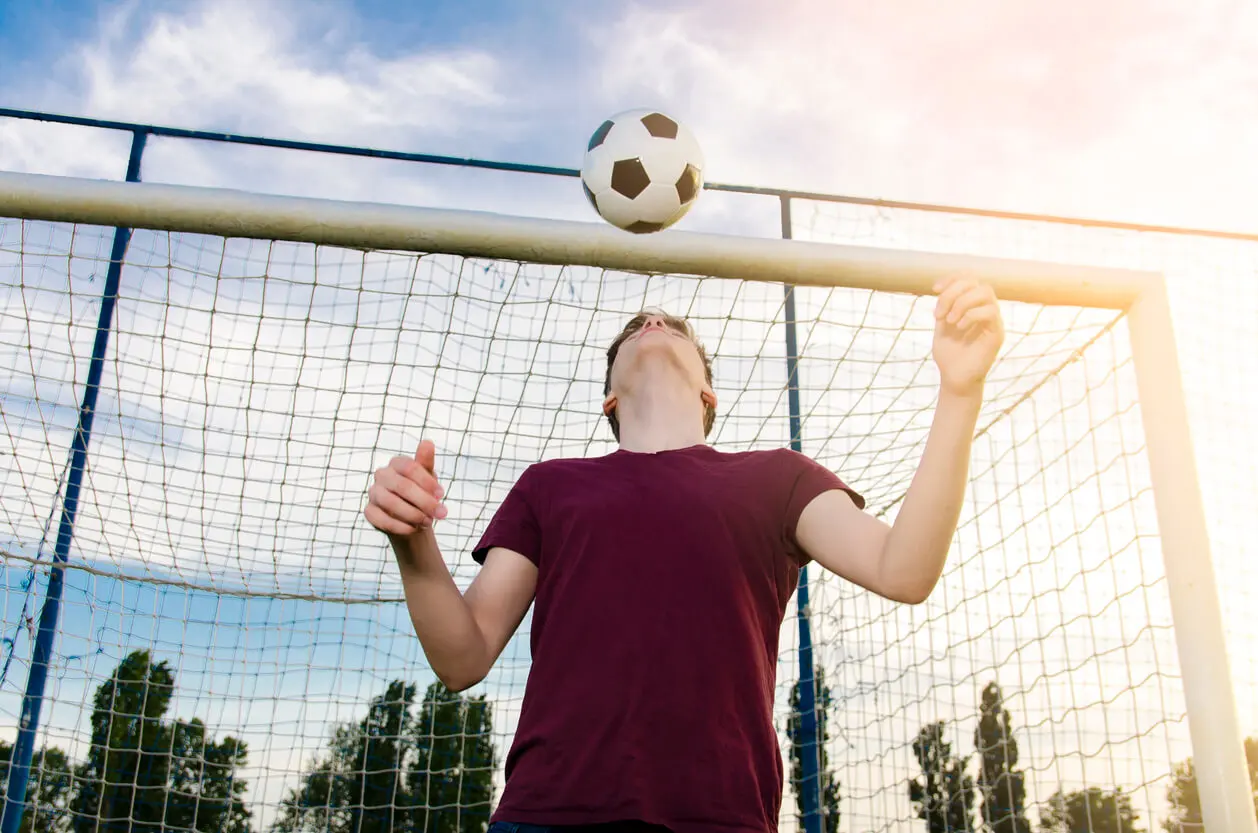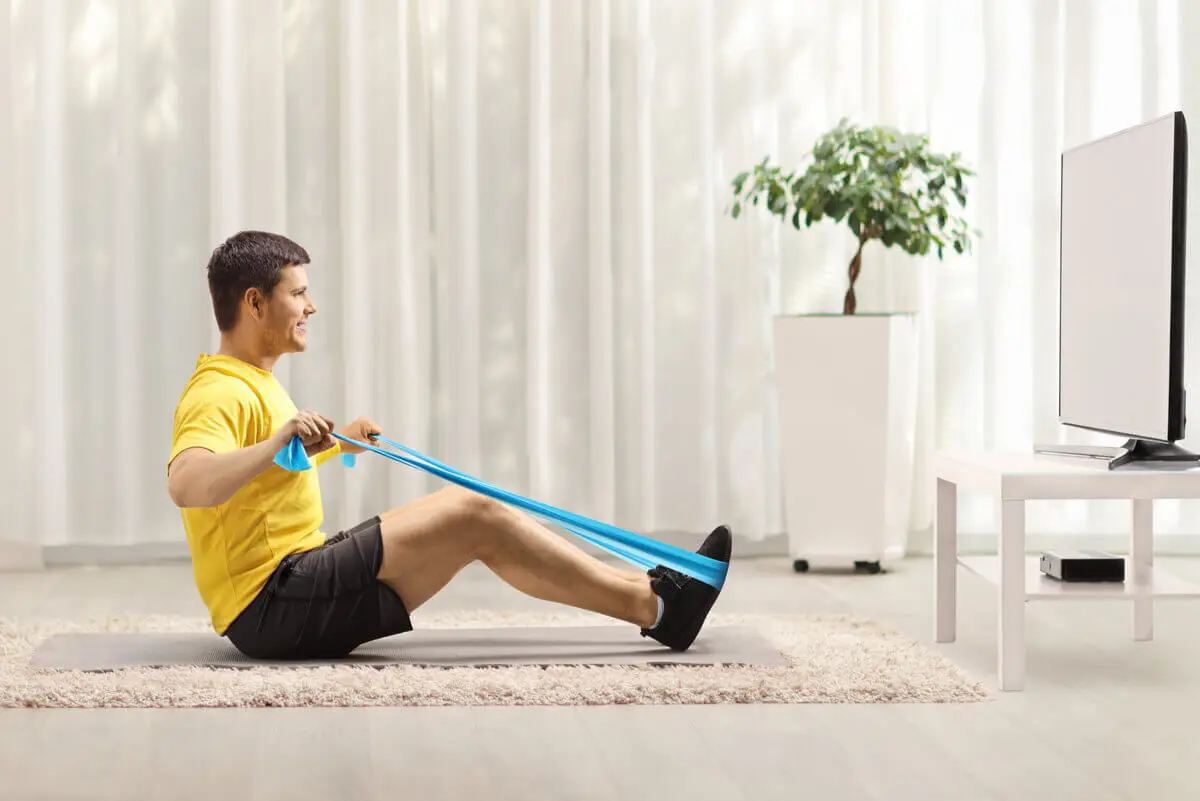Luka Modrić's Secret to Stay Relevant in Soccer and Make it to Qatar 2022


Written and verified by the doctor Leonardo Biolatto
Luka Modrić seems to have a secret: at 37, he’s fast, agile, dynamic, an undisputed quality player, and hardly ever gets injured. So how does he do it?
Everyone recognizes that his speed at Real Madrid for solving, assisting, and running is superior to that of many of his teammates. Moreover, as captain of the Croatian national soccer team, he holds records that other teammates will take a lot of time to match.
He has 159 caps for Croatia and will have 160 in the semifinals of Qatar 2022, which means that he will end this year with 161 appearances. He made his debut in March 2006 in the national team, against Argentina, in the same match in which Messi scored for the first time with his country’s jersey.
This year he was playing his fourth World Cup in Qatar. He also has three European Championships to his name.
Vlatko Vucetic’s method applied to Luka Modrić
Some whisper that Luka Modrić’s secret is thanks to his personal kinesiologist: Vlatko Vucetic. He is a professional former 5K track runner and Croatian track and field champion.
His running methods are applied to different disciplines, including soccer. So, does running training really make Luka Modrić unstoppable?
According to the kinesiologist, his training plan for all the athletes he prepares is based on 8 aspects:
- Health status and lifestyle
- Morphological parameters
- Motor skills
- Motor knowledge
- Energetic capacity
- Aerobic and anaerobic capacity
- Cognitive factors and intelligence
- Socio-economic status and family
For the Croatian professional, these aspects are all important. They make the whole athlete and neglecting any of them is enough for there to be a drop in performance.
Anyway, his forte is the scientific analysis of the people who decide to train with him. Using technological methods and the knowledge accumulated from his experience as a runner, Vlatko Vucetic measures certain body composition parameters that give him an idea of what the athlete’s muscles and bones are like.
This data is combined with evaluations of the athletes’ capacities in action. In other words, it constantly analyzes how they run, how agile they are, what state their reflexes are in, whether they’re able to stretch far, whether they jump more or less, whether they react with speed, and whether they have the power to run or sprint.
This leads to a concept that is key to Vucetic’s methodology: motor intelligence. This idea is not an invention of the kinesiologist but is an integral part of the science and training of any sports that use a ball.
A magazine article in Sport Culture magazine, for example, calls it physical or kinesthetic intelligence. It’s all about knowing what to do with the ball when you have it, planning moves at high speed, and executing them with precision. Luka Modrić is an expert at it.

We think you may be interested in reading this, too: Lionel Messi’s Illnesses: The Truth About the Qatar 2022 World Champion
Today’s footballers need other skills
Football has changed, and Vucetic knows it. Athletes in the sport can no longer be the same as they were 15 years ago. The proof is on the fields.
Now, soccer is faster, more energetic, more powerful…. Nowadays, most players have individual conditioning coach. Some clubs don’t like that, but I don’t agree. -Vlatko Vucetic
The best soccer players on the planet with the ball are fast, have a physique developed in a special way to perform, and follow a feeding routine prepared by professionals. Having a physique to be among the elite entails training almost without vacation.
Luka Modrić receives personalized training routines from his kinesiologist even when he’s on leave and out of season. According to the same trainer, he has encouraged him to play tennis, for example, because this is something the Real Madrid player enjoys.
Cross-training is also becoming increasingly common in soccer. They consist of practicing a discipline that complements a skill needed on the field but does not involve the use of the ball. This is what Lewandowski does with martial arts, for example.
Like this article? You may also like to read: The Influence of Sports Coaching on the Performance of Federico Valverde
Luka Modrić’s runner cross training
Vucetic was a runner of great trajectory. For this reason, his methods integrate routines and knowledge from running.
One of the 8 points of the Croatian’s plan is to improve aerobic and anaerobic capacity. This is achieved with running sessions that alternate between intense or fast series and longer, sustained running sessions.
Beato and collaborators, in a 2021 article, compiled the scientific evidence that exists on the benefits of sprinting for soccer players. This is sprinting above maximum recovery capacity in a short period of time. Then resting long enough and returning to intensity.
For most soccer players, this is not part of their routines. As a publication in the British Journal of Sports Medicine recorded, training is almost always based on running certain distances at a leisurely pace, thinking that this simulates the 90-minute duration of a match.
Luka Modrić is explosive on the pitch because he can do sprints that he is prepared for. At the same time, he manages energy during the two halves of contests, running when he has to and resting inside. It’s a strategy very similar to Messi’s.
His muscles respond immediately because of the motor intelligence he has worked on with Vucetic. He’s a runner on the soccer field.
Elastic bands to prevent injuries
According to the Croatian kinesiologist, the use of elastic bands is key to maintaining a player’s flexibility and elasticity of the muscle fibers. Exercises with these attachments are recommended in his routines.
Elastic bands are the best way for any player to train. It’s the best way to prevent injury. If you look at Modrić’s last seven or eight years, he has had almost zero injuries. -Vlatko Vucetic

However, in addition to preventing injuries, the bands are part of the best routines for boosting motor intelligence. This has been demonstrated by a study by Phil Page that explains how these instruments correct muscular imbalances and increase sensory-motor perception; -that is, the brain of the person using them becomes more efficient in recognizing how his or her body is in space and how he or she can react.
Luka Modrić may play until he’s 40 years old
More and more elite soccer players are over 30 years old and are still going strong. Luka Modrić is another representative of this brood of athletes who maintain their physique and qualities without the detriment of age.
According to Vucetic, his pupil could reach the age of 40 and keep laying with peace of mind, playing at this pace and performing for Real Madrid. The Spanish club signed him in 2012 for an outlay of 30 million euros. The investment was justified.
In the Croatian national team, he is one of the experienced ones who guide newcomers. Meanwhile, many of his fellow teammates from Russia 2018 are no longer playing at the professional level.
However, amidst all the changes, Luka Modrić still managed to return to the semifinals of a World Cup. He continues to make history in his home jersey. In fact, he contributed to the defeat of favored Brazil and kicked the penalty with a calmness that only age can bring.
I’m very happy to be in another semifinal after four years. It’s an impressive thing. We were almost done, had given it all up for dead, but we’ve shown once again that we never give up. -Luka Modrić at the press conference after the match against Brazil
All cited sources were thoroughly reviewed by our team to ensure their quality, reliability, currency, and validity. The bibliography of this article was considered reliable and of academic or scientific accuracy.
- Hamid, N. N. (2020). The Body-motor intelligence and its relationship to some basic skills for young handball. Sport culture, 11(2).
- Beato, M., Drust, B., & Iacono, A. D. (2021). Implementing high-speed running and sprinting training in professional soccer. International journal of sports medicine, 42(04), 295-299.
- Hoff, J., Wisløff, U., Engen, L. C., Kemi, O. J., & Helgerud, J. (2002). Soccer specific aerobic endurance training. British journal of sports medicine, 36(3), 218-221.
- Page, P. (2006). Sensorimotor training: A “global” approach for balance training. Journal of bodywork and movement therapies, 10(1), 77-84.
This text is provided for informational purposes only and does not replace consultation with a professional. If in doubt, consult your specialist.








